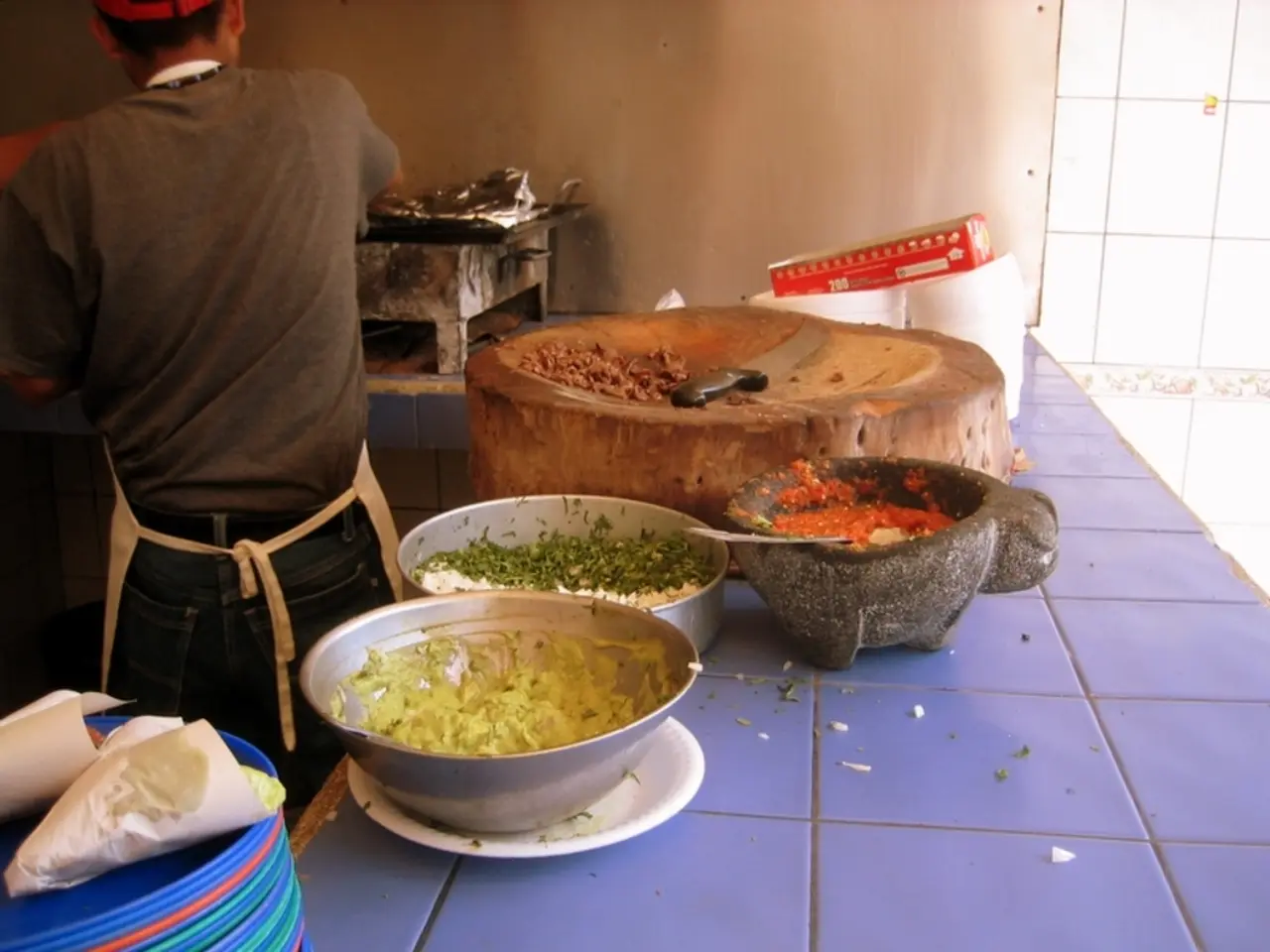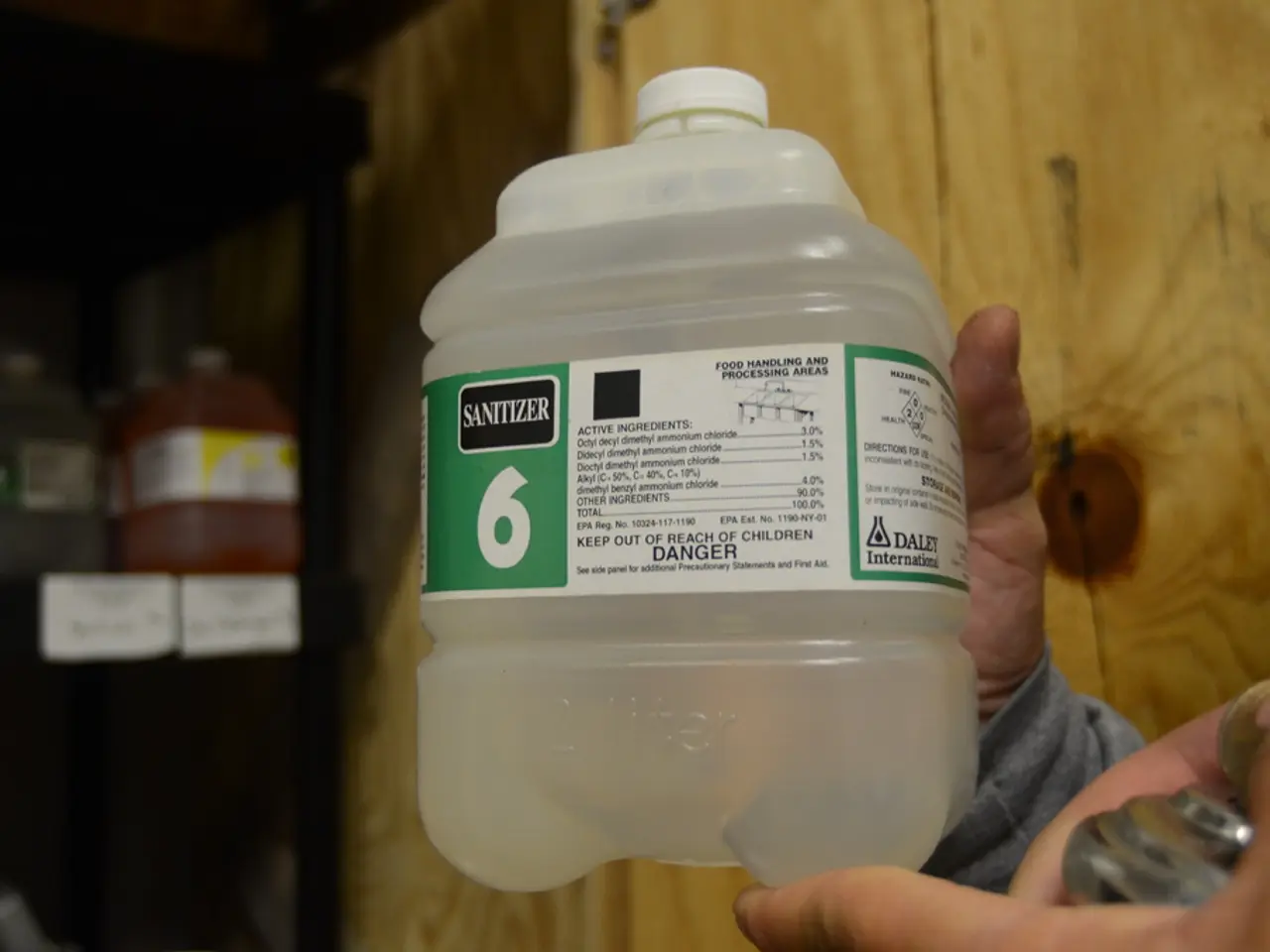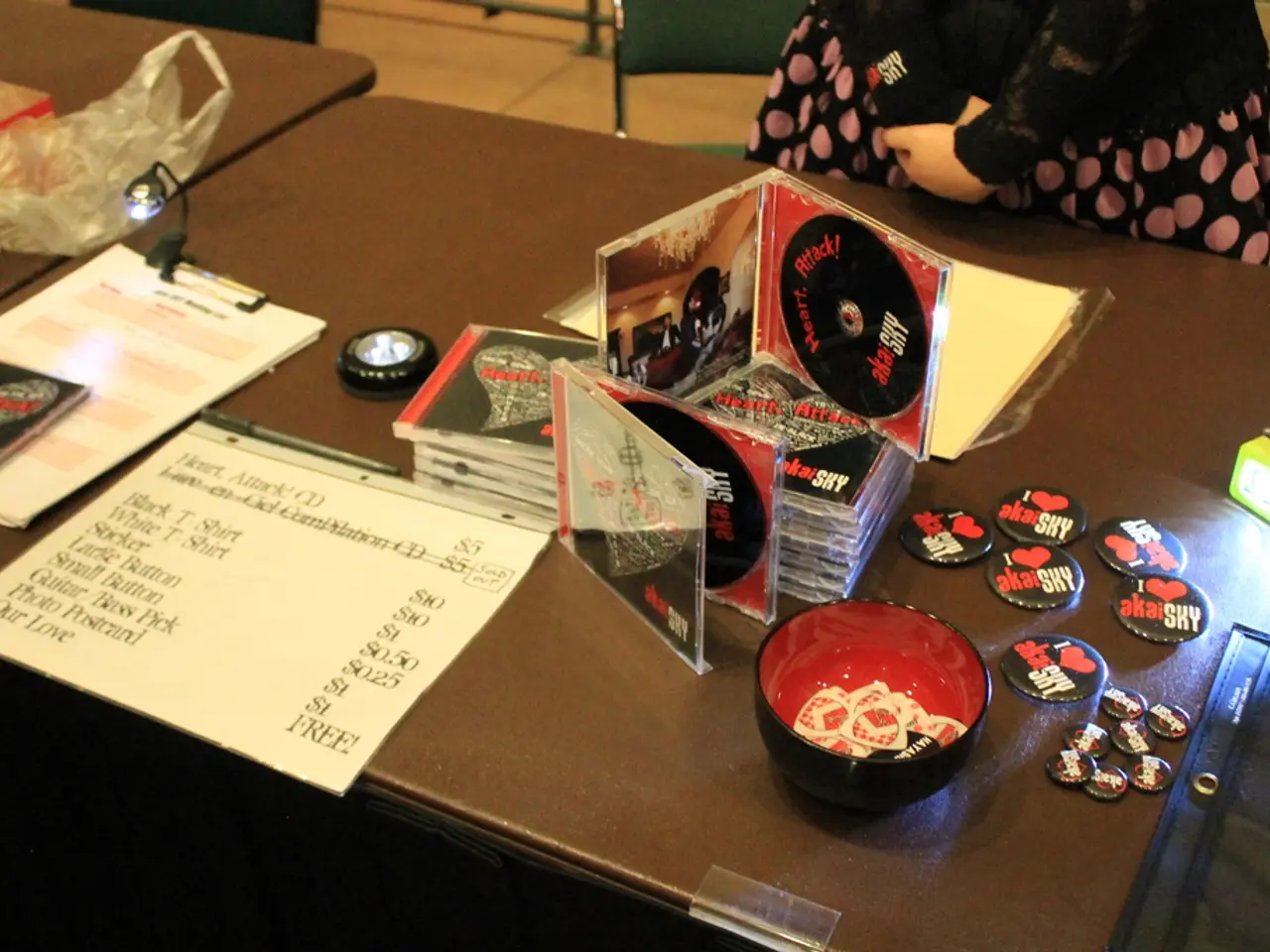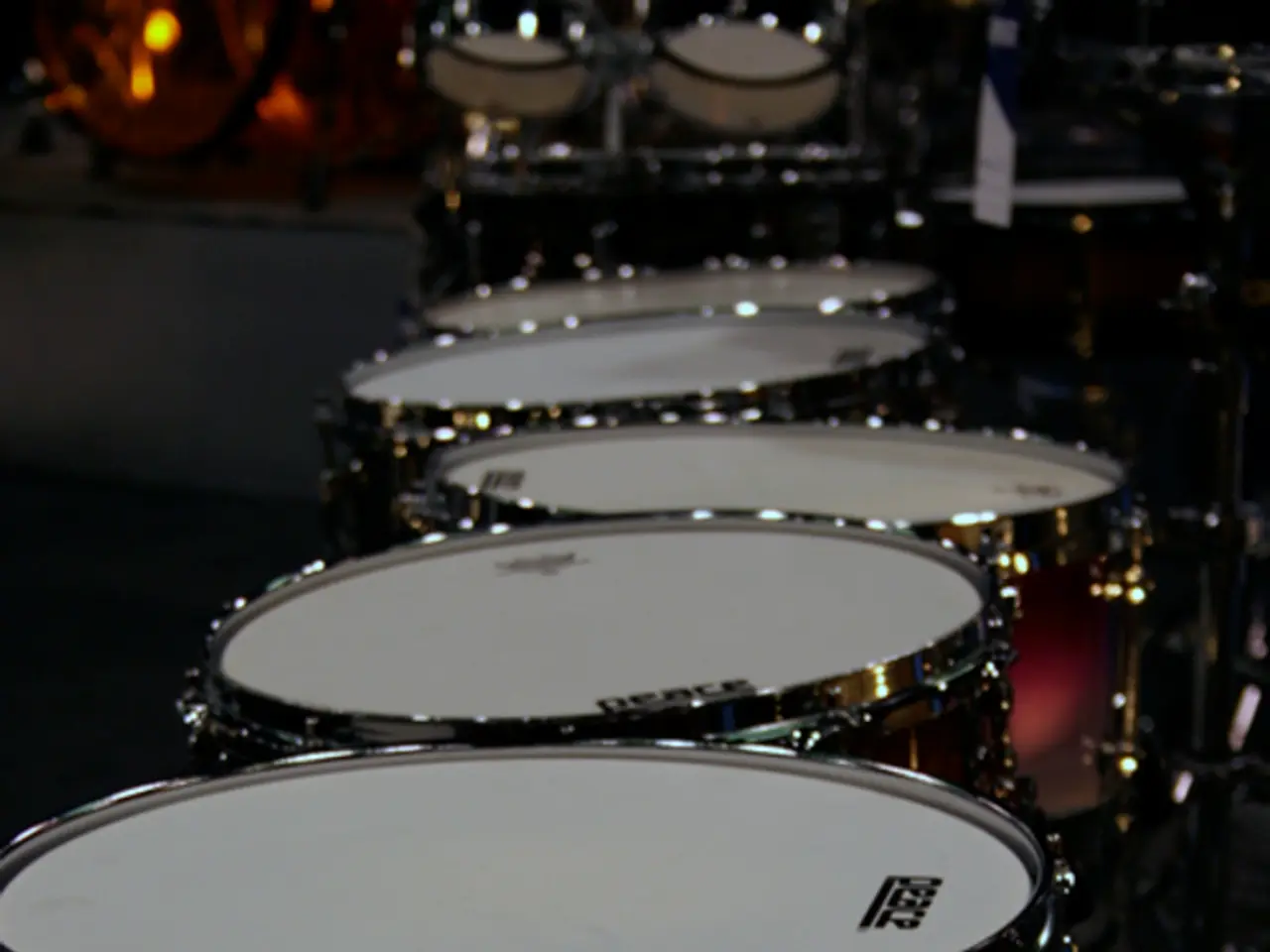Essential Items for Earthquake Preparedness: Comprehensive Guide for Surviving Disasters
Preparing for Emergencies: A Comprehensive Guide
In the face of unexpected emergencies, being well-prepared can make all the difference. Here's a guide to help you assemble an effective emergency kit, focusing on essential supplies, communication options, water storage, and more.
First Aid Kit
A well-stocked first aid kit is vital. It should contain bandages, antiseptic wipes, pain relievers, and other essential supplies. For versatility, consider including multipurpose items such as a poncho that serves as both a rain cover and an additional layer of warmth.
Communication
Having a range of communication options is crucial during crises. Mobile phones, portable chargers, and solar-powered devices can help you stay connected. A battery-powered or hand-crank radio can serve as your connection to the outside world, ensuring you're aware of any updates or instructions.
Water Storage
Store at least one gallon of water per person per day for a minimum of three days. For better preparedness, aim for a two-week supply. Store water in clean, food-grade containers, avoiding those containing chemicals. Recommended containers include heavy-duty water storage containers, clean 2-liter soda bottles, and large food-grade glass jars.
Food Supplies
Select non-perishable food items that are ready-to-eat, canned, or energy bars. Prioritize foods rich in protein and healthy carbohydrates, such as canned beans, tuna, nuts, and peanut butter.
Medical Documentation
Store important medical documentation, insurance details, and a comprehensive list of allergies or medical conditions in your emergency kit.
Shelter and Clothing
A tarp and rope can serve as makeshift shelter or protection against the elements during emergencies. In colder climates, pack high-quality thermal clothing, wool socks, and hats. In warmer areas, lightweight clothing can help regulate body temperature while still providing necessary warmth during cooler nights.
Tools and Equipment
A versatile multi-tool or utility knife can serve a myriad of purposes during an emergency. Opt for LED flashlights, which are energy-efficient and long-lasting. Consider the geographical context of your residence when stocking your first aid kit, as certain regions may have unique health risks.
Emergency Plan
Create a detailed family emergency plan that includes maps of evacuation routes and locations of shelters. Regularly review and practice this plan with your family to ensure everyone is familiar with the routes and procedures.
Safety Measures
Regularly inspect and rotate water supply every six months. Regularly check expiration dates and rotate your stash of prescription medications to maintain freshness. Keep copies of important documents, such as identification, insurance policies, and medical records, stored in a waterproof container within your earthquake kit.
Miscellaneous Items
A whistle can be a small but invaluable tool in your emergency kit, allowing you to signal for help if you find yourself trapped. Incorporate comfort items and entertainment, such as books, games, or small toys, to help manage stress levels during emergencies.
By following these guidelines, you'll be better equipped to handle emergencies and ensure the safety and comfort of your family.
- In addition to a first aid kit, consider multipurpose items like a poncho for enhanced versatility.
- Portable chargers, mobile phones, and solar-powered devices are essential for maintaining communication during emergencies.
- Store at least one gallon of water per person per day for three days, aiming for a two-week supply for better preparedness.
- Non-perishable foods such as canned beans, tuna, nuts, and peanut butter are ideal for an emergency food kit due to their high protein and healthy carbohydrate content.
- Keep important medical documentation, insurance details, and a list of allergies or medical conditions accessible in your emergency kit.
- Shelter and clothing can be improvised with a tarp, rope, and high-quality thermal clothing in colder climates, or lightweight clothing for warmer regions.
- A versatile multi-tool or utility knife can serve a multitude of purposes in emergency situations, while LED flashlights are energy-efficient and long-lasting.
- Customize your first aid kit to address the specific health risks in your geographical area.
- Create a detailed family emergency plan that includes maps of evacuation routes and locations of shelters, regularly reviewing and practicing it with your family.
- Don't forget miscellaneous items like a whistle, books, games, or small toys to help manage stress during emergencies and provide comfort. These measures will ensure that you are well-prepared for various emergencies and better able to safeguard your family's health, security, and overall well-being.




